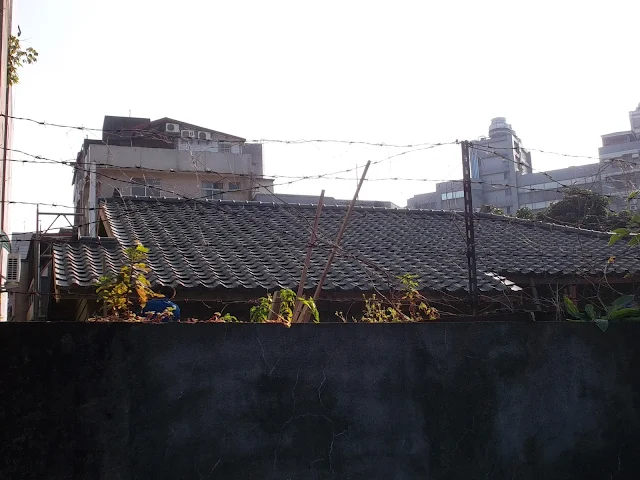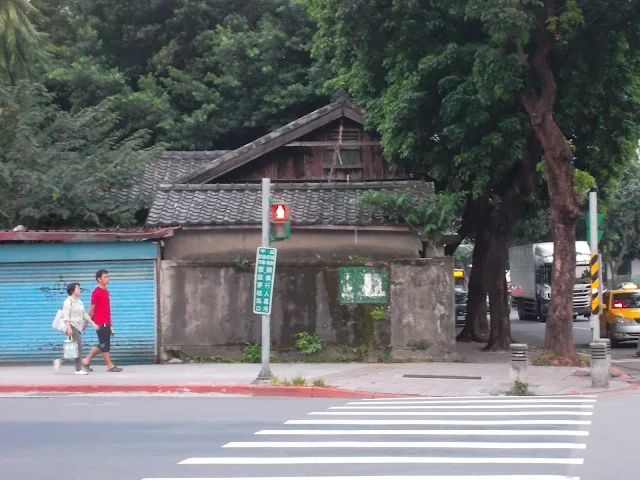A few years ago I wrote about old houses from the Japanese colonial era (1895-1945) in Taipei. As a map from 1935 shows, Japanese Taipei was quite small compared to the present-day metropolis.
When British author Owen Rutter visited the island in the early 1920s, Taipei had only about 170,000 inhabitants. In 1945, the population had grown to slightly more than 270,000.
By 2016, however, Taipei City had a population of 2.7 million, while the greater metropolitan area had around 7 million people. Obviously, during the Japanese colonial era districts that are now highly urbanized were little more than countryside.
#Vintage #map (1935) of #Taipei in #Taiwan when is was still under Japanese rule. Source: https://t.co/KLcdSe17tc pic.twitter.com/uN6sXPMujs— Simon Kuestenmacher (@simongerman600) October 12, 2017
It is very difficult to reconstruct the urban structure of the residential suburbs in colonial Taipei. Not much remains from that era. As I have documented before, many old buildings were destroyed, even in recent years. Due to population growth, traditional wooden Japanese-style houses gave way to concrete apartment blocks, offices and high-rises.
However, if you walk around Chiang Kai-shek Memorial Hall and Gongguan, you will find some small Japanese houses that can give you an idea of how those areas might have looked like long ago. Unfortunately, many of those buildings are in a state of disrepair.
Here are some of the pictures that I took during one of my walks around Chiang Kai-shek Memorial Hall, Taipei Main Station and the Botanical Garden.
 |
| This is one example of the (sometimes oddly-shaped) concrete buildings you see almost everywhere in Taipei. Old Japanese buildings are often sandwiched between and almost concealed by them. |
 |
| It seems that part of the roof of this house has collapsed, but people were living there. |
 |
| This kind of buildings are quite puzzling. They seem to be from the Japanese era, but I am not sure. |
 |
| This building was under renovation when I took the picture. In the meantime it has been reopened and is now a Japanese-style restaurant. |
 |
| A group of houses near Chiang Kai-shek Memorial Hall. It's quite surprising to see these decayed buildings close to one of Taipei's most famous landmarks. |
 |
| Most Japanese houses are hidden behind walls. |
 |
| The building from before. You can see it is located in Hangzhou Road. |
 |
| This abandoned house is right across the eastern side of Chiang Kai-shek Memorial Hall. |
 |
| This building and the next ones are close to Taipei Main Station. |
 |
| This house is somewhere near the Botanical Garden. There are surprisingly many abandoned old buildings like this all over Taipei. |














I remember being puzzled by the site of these old homes when I visited Taipei, sandwiched as they often are between more modern high-rises. Often, only the tops of roofs are available over the concrete walls and at the time, I didn't know that they were relics of the Japanese occupation.
ReplyDelete